Whether you loved her or hated her, Nancy Reagan was an American queen.
In the democratic world of 20th-century politics, everyone politely pretended the first lady was merely a devoted wife, supporting her beloved Ronnie in anything he wanted to do. That was certainly true, but there have been plenty of first ladies who loved and supported their husbands.
No, she was much, much more: A woman who derived power from her husband but wielded it freely. A woman with expensive tastes and glamorous friends who saw no point in acting like the girl next door. A woman who knew what she wanted and, more often than not, got it.
Not many people would call her a modern feminist – she never did – but Nancy Reagan loved the life she lived and never apologized for her choices or her ambition. In first lady, she found the role of a lifetime and redefined the office for the women who came after her.
TIMING WAS KEY
Her timing was impeccable. After the drab virtue of Pat Nixon’s Republican cloth coat, the down-to-earth modesty of Betty Ford and the proud populism of Rosalynn Carter, Americans were hungry for some excitement and glamour. Camelot and the easy grace of the Kennedys were still in the rearview mirror. Ron and Nancy Reagan arrived in Washington for a coronation, and gave the country the imperial presidency — at least in style — many had been craving.
Her famous Reagan red, a hot signature color, became her calling card. Make no mistake: It’s not a hue for the faint of heart or someone unaccustomed to the spotlight. Long before she moved into the White House, she embraced the sophisticated style of a wealthy Republican woman – designer clothes, real jewels, furs – and never felt the need to change simply because her husband was president.
She had a tiny, slender frame that showcased her wardrobe to maximum effect: Body skimming knits, creamy wools, lavish ball gowns. Her penchant for the perfect outfit for every occasion – American women loved their stylish first lady – created the first real scandal of her tenure when she “borrowed” couture dresses, shoes and handbags from Galanos, Adolfo, Bill Blass and others but failed to return them. The American designers were, of course, thrilled to see their creations in every glossy fashion spread; the president’s advisers, not so much.
In 1982, she was chastised and warned that she was skirting ethics rules, and so she publicly promised to stop accepting the free clothes. With the unerring instinct of a true performer, she appeared at the annual Gridiron press dinner that year in rags and charmed reporters with a self-deprecating song-and-dance that turned the issue into a punch line. But she didn’t stop, of course, and honestly never thought she had crossed a line. She didn’t see it as a problem: Wasn’t she helping promote American fashion, after all?
“I wonder: What would have happened if I had stopped borrowing dresses and had started wearing only the clothes I could afford to buy?” she wrote in her memoir “My Turn.” “Instead of calling me extravagant, the press would have started referring to me as ‘dowdy’ and ‘frumpy.’ ”
SHE LEFT HER STAMP
And there was no way in a thousand lifetimes that Nancy Reagan was going to let anyone call her “frumpy.” Not happening, no way, no how.
Inside the White House, when it came to style and decor, Nancy’s personal stamp was just as forceful. She got what she wanted.
That included $210,000 worth of red and white Lenox china, which came to be known as the Reagan China. The 4,370-piece porcelain service became a symbol of the era’s excess, although no public funds were used to pay for it.
She brought that same grandeur to showing off her friends: bona fide Hollywood celebrities and wealthy power brokers. This was a woman, after all, who called Frank Sinatra an intimate friend. She delighted in gracious entertaining and glittering guest lists, and made an invitation to the White House a coveted and exclusive treat. Washington, accustomed to the low-key gatherings of previous administrations, clamored for a place at the table.
And she rewarded them with the likes of Liz Taylor and Clint Eastwood and Prince Charles and Princess Di, who had that famous dance with John Travolta because Nancy understood the magic of star power and creating moments.
Washington both respected and feared her. Her focus was laser-like, her discipline enormous. She was an implacable force for her husband and whatever she thought served him best. She reached out socially to the Ladies Who Lunch, less because she wanted their friendship and more because she wanted to create relationships with those in the city who could help her. She could be a loyal and thoughtful friend. Or a dangerous enemy.
There were of course, her charitable works — the daily bread of traditional first ladies. One can debate the efficacy of reducing drug addiction to “Just Say No” – a moralistic platitude that still enrages those dealing with the issue – but no one from either side of the aisle was unmoved by her courageous and outspoken campaign for Alzheimer’s victims and research.
Reams have been written about her marriage, that impenetrable fortress of two, and how it shaped their children, their politics, and every other aspect of their lives. Reams more will be written about her battles, her fears, her generosity.
At the end of the day, only one opinion mattered to her. She played to an audience of one: Ronnie, her king.
Jura Koncius contributed to this report.
Copy the Story LinkSend questions/comments to the editors.

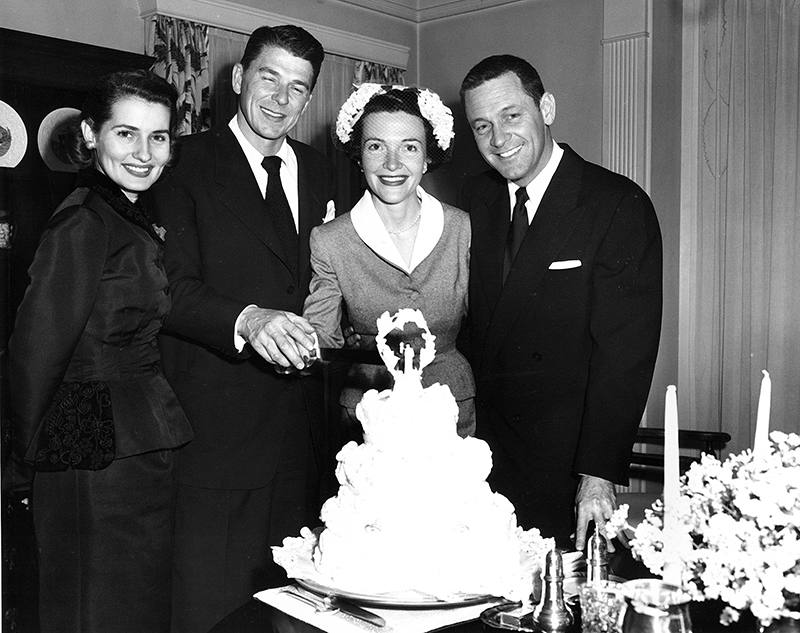
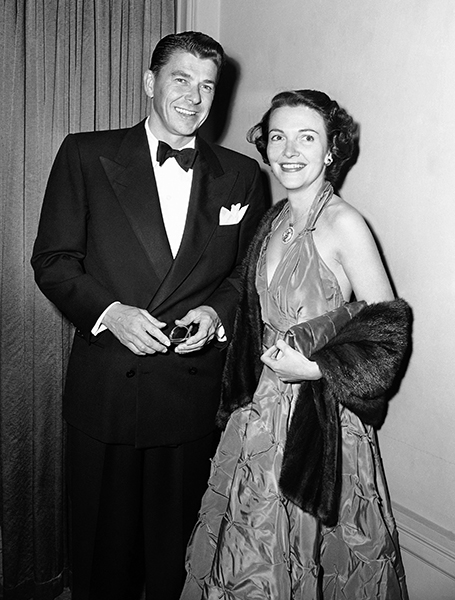
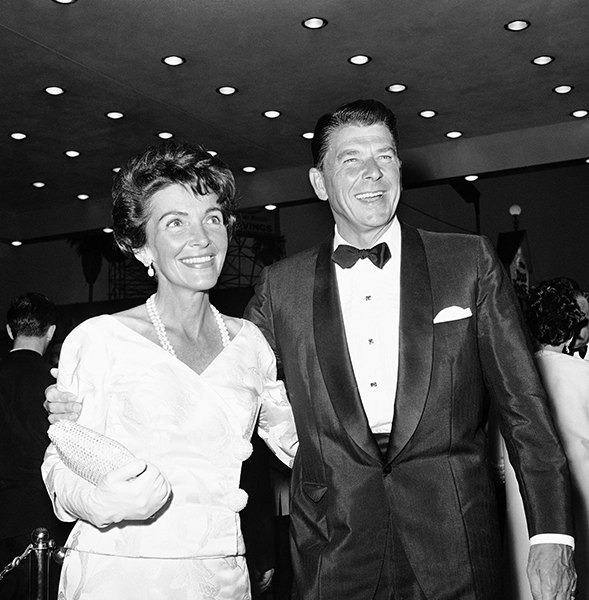
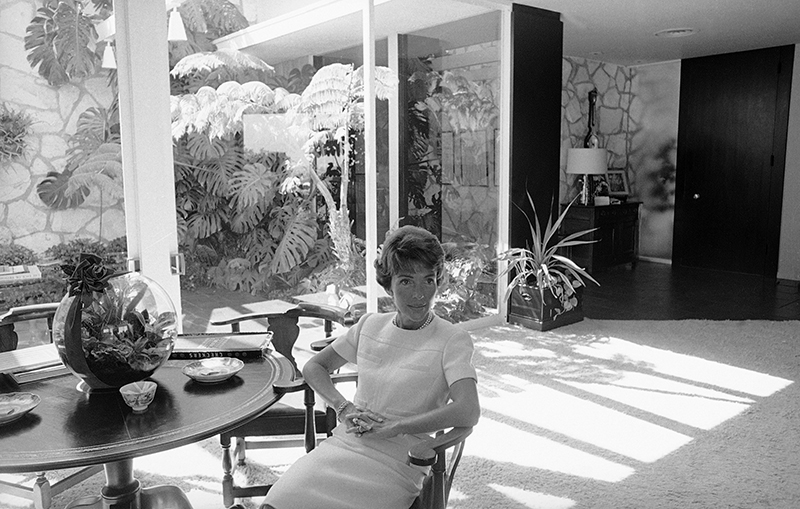
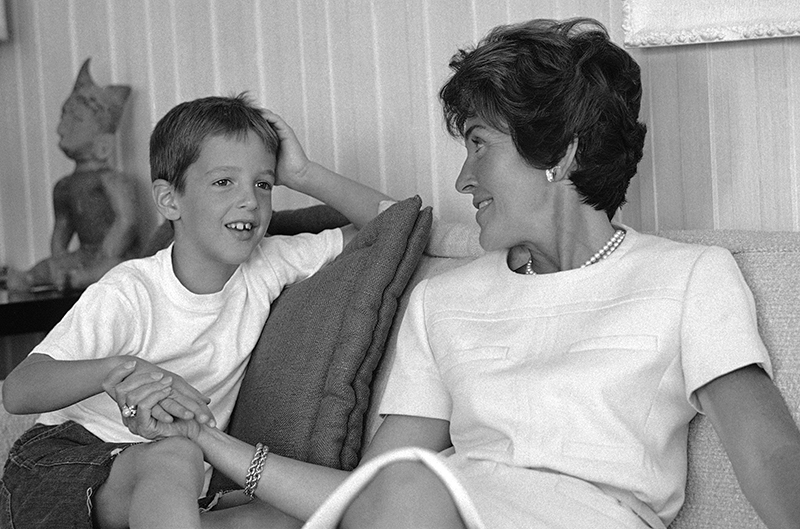
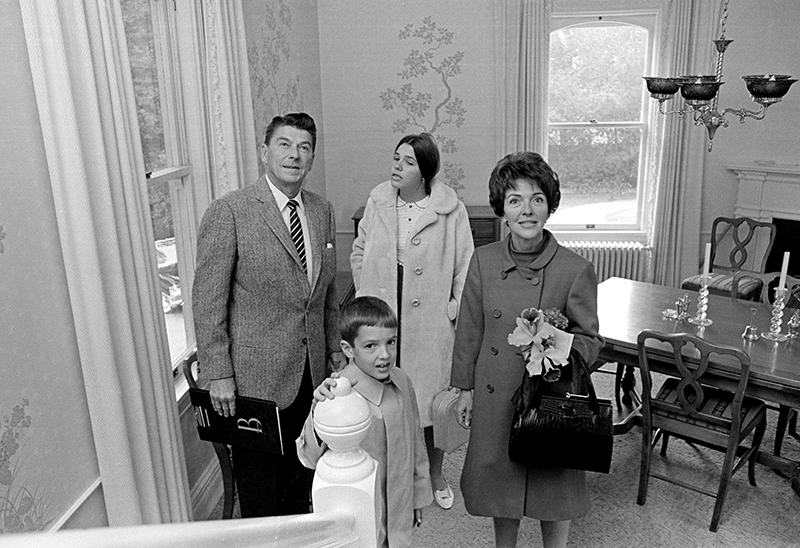
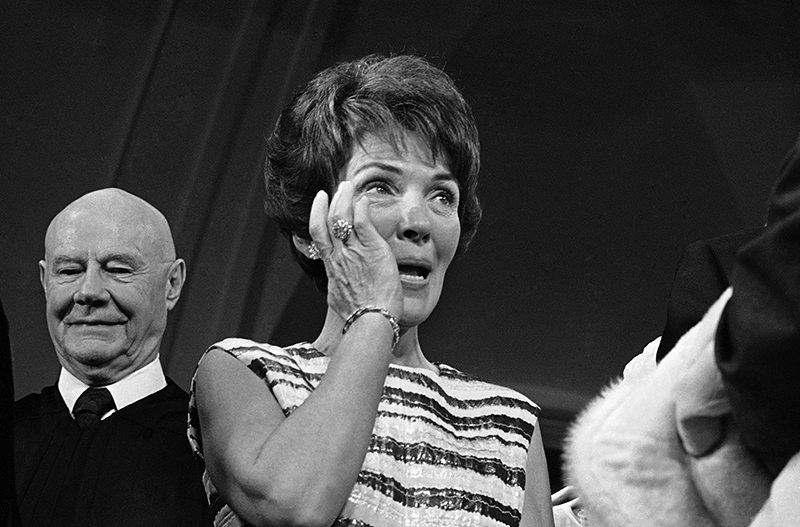
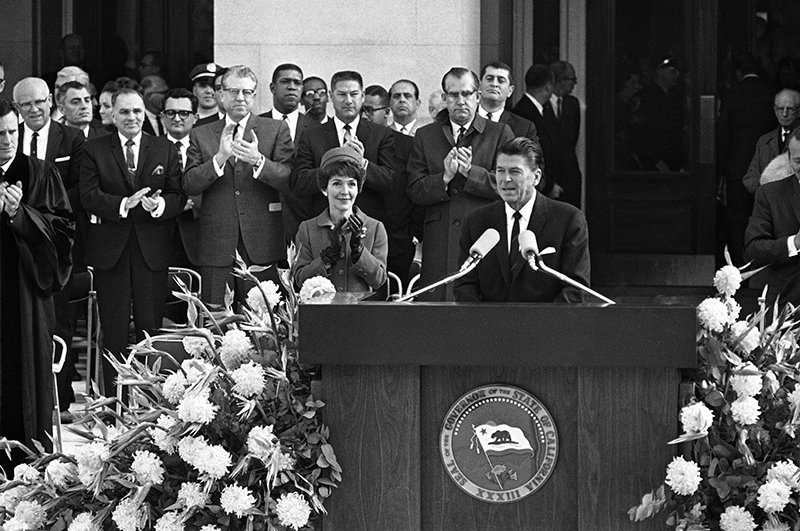
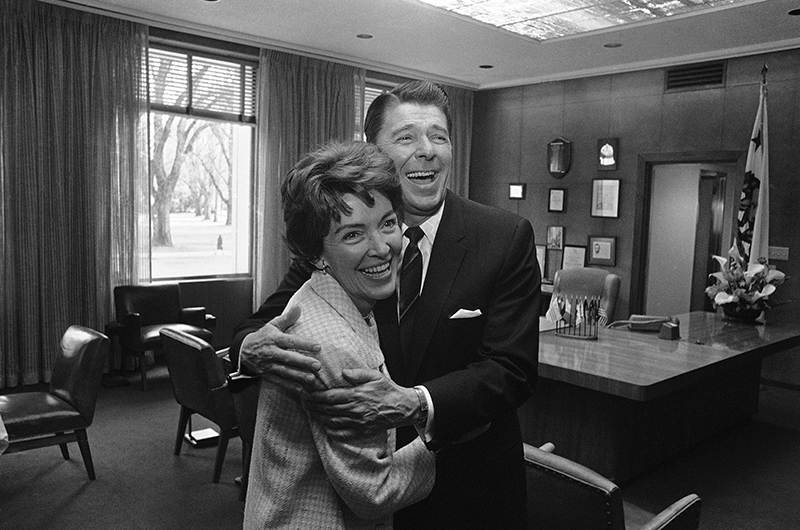
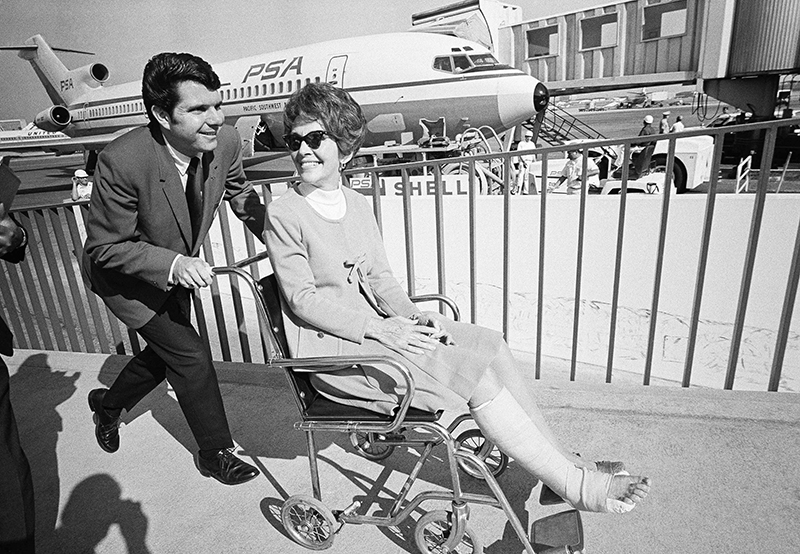
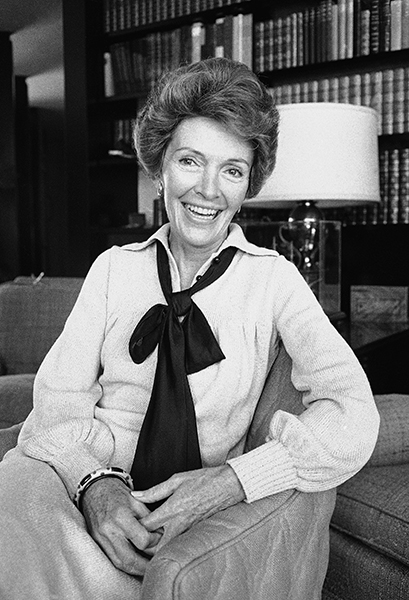
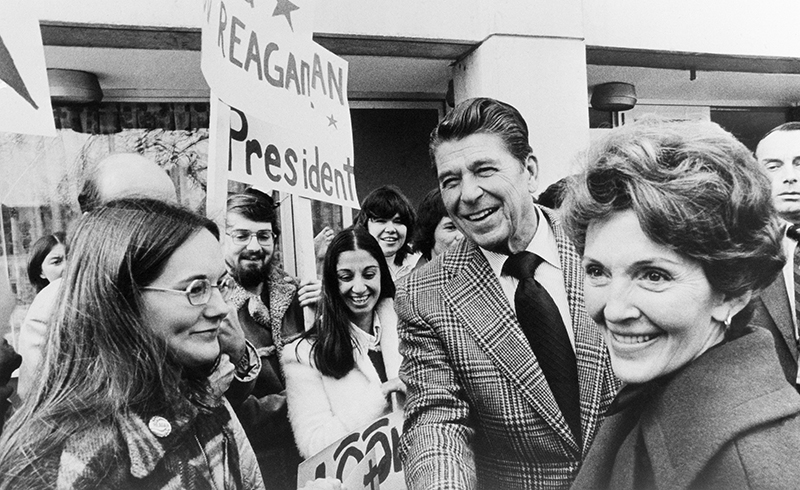
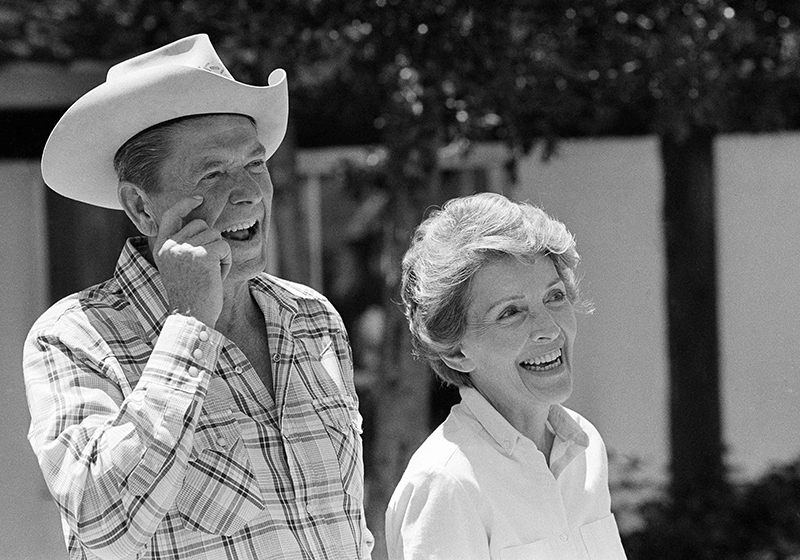
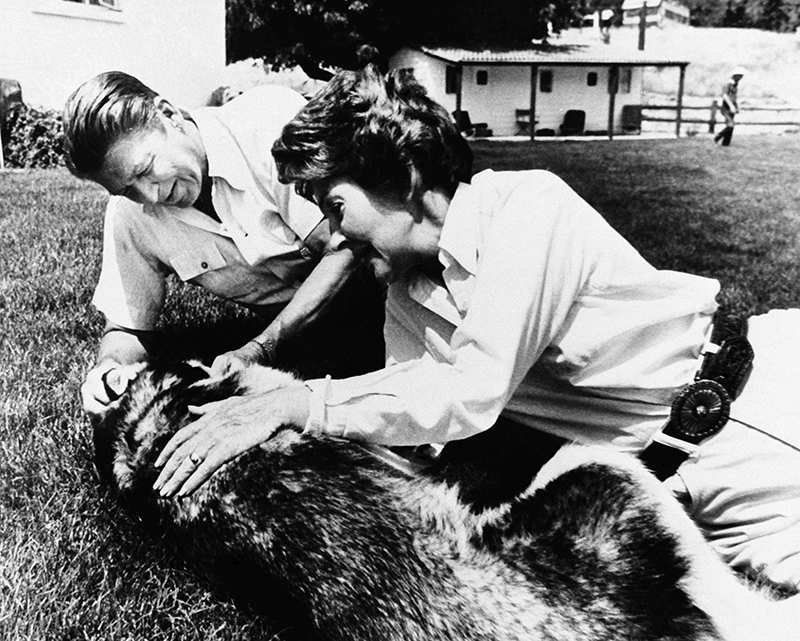
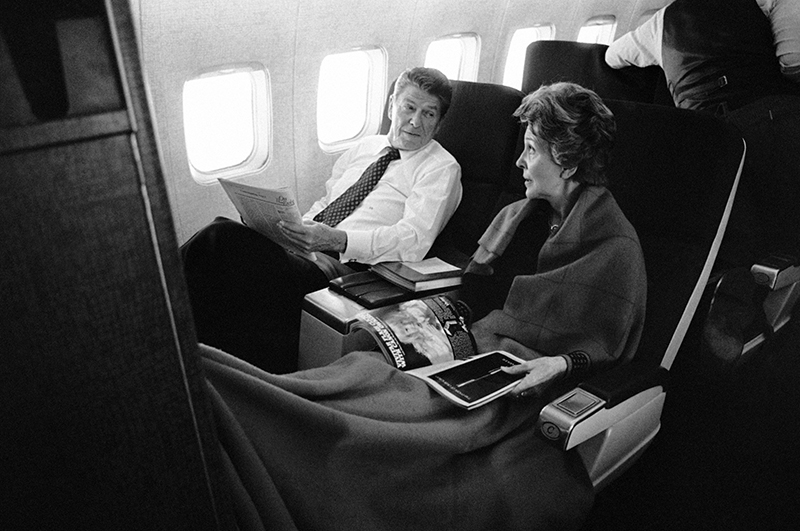
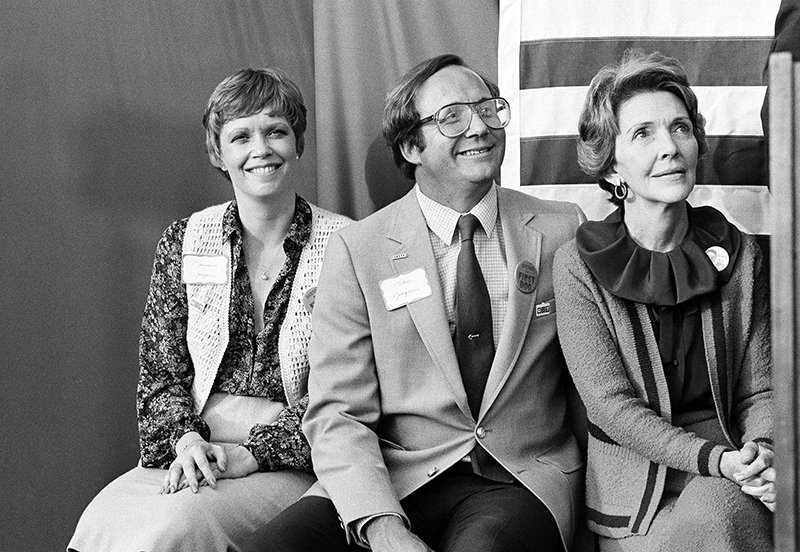

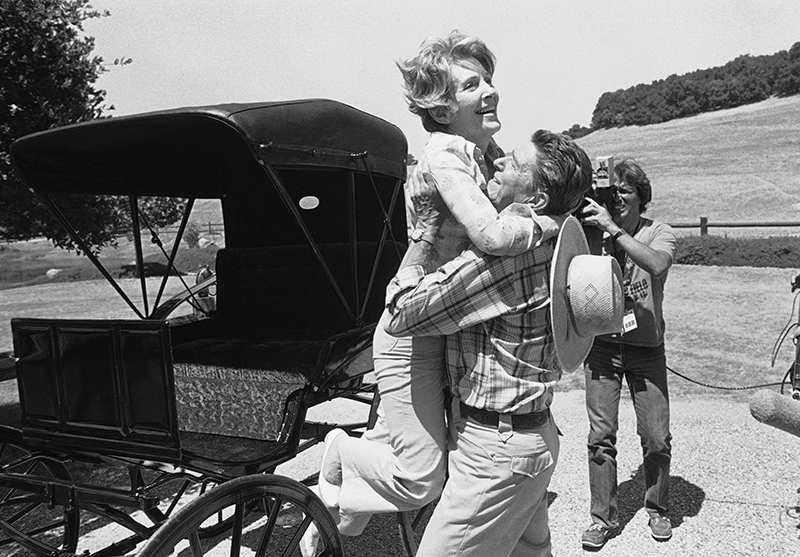
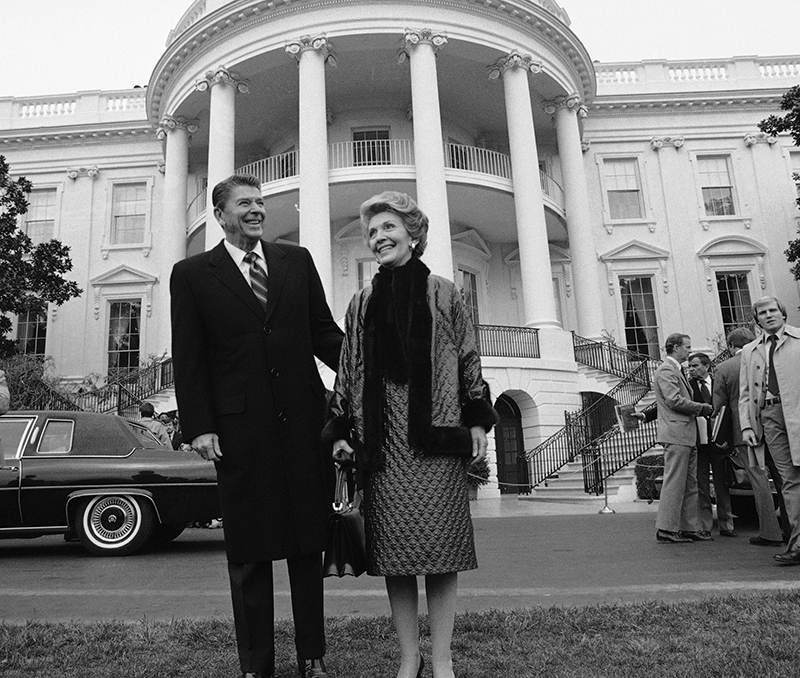
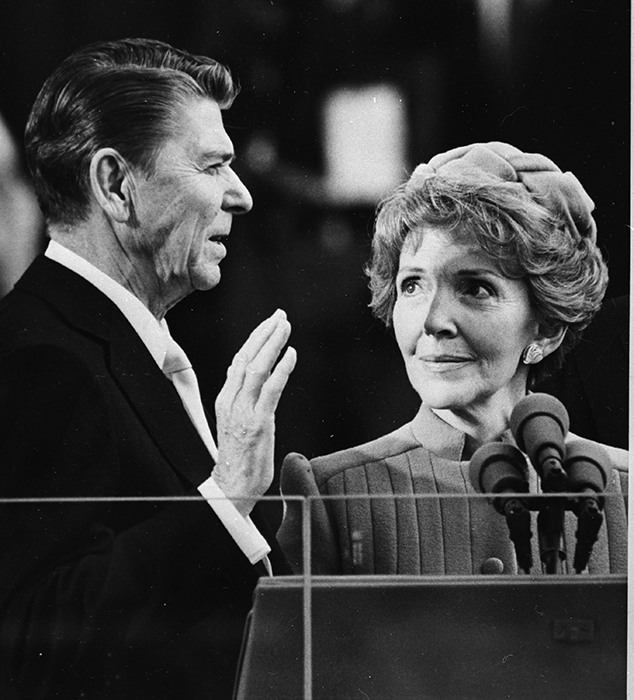

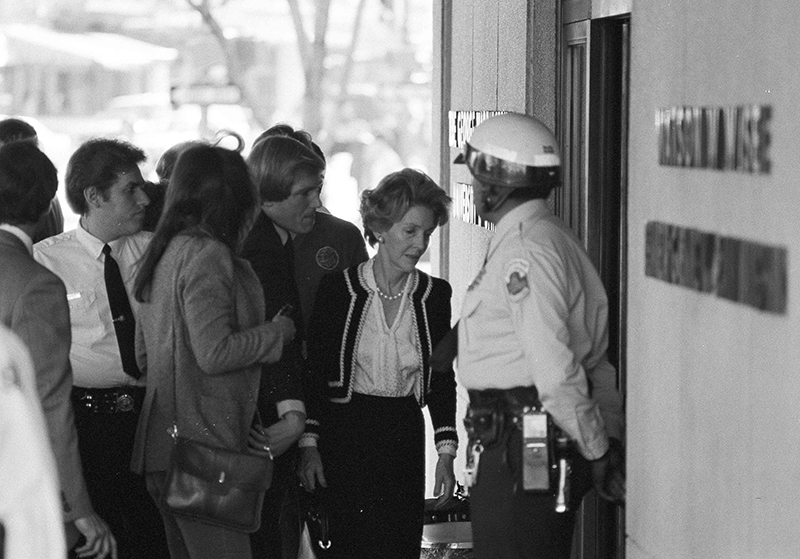
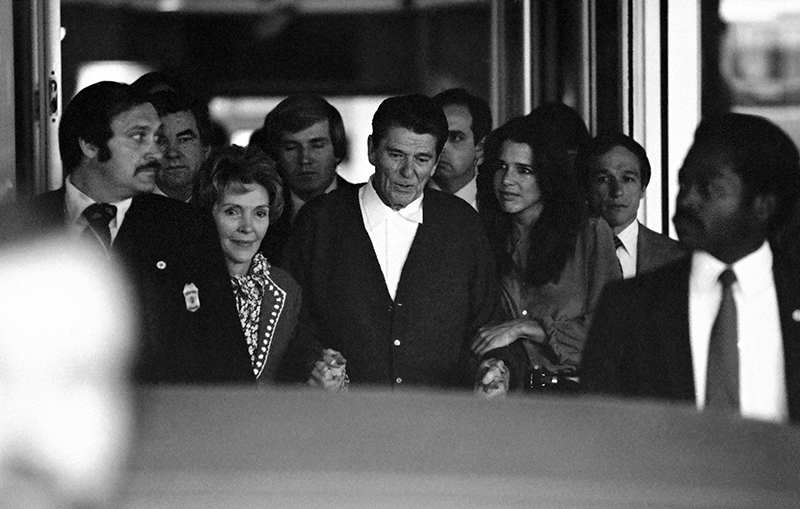

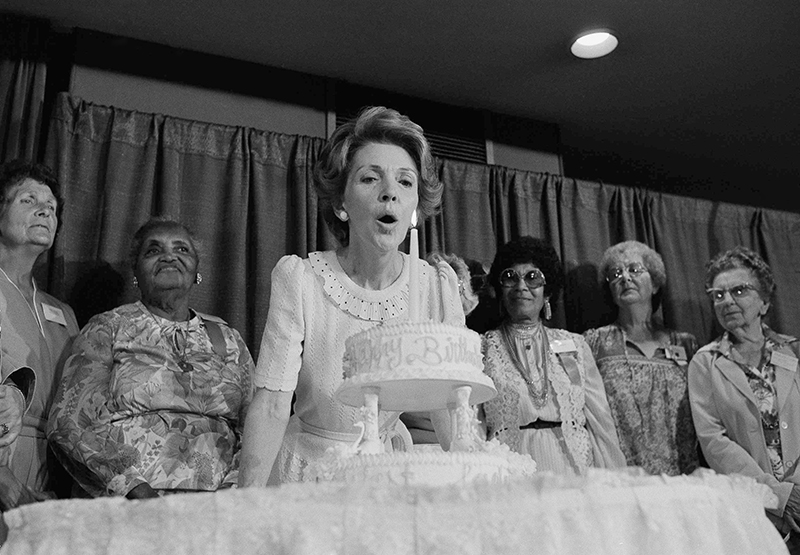
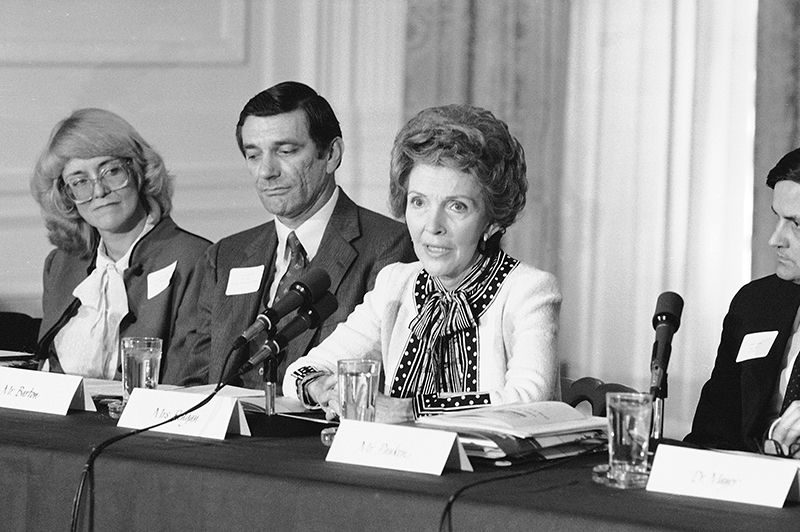
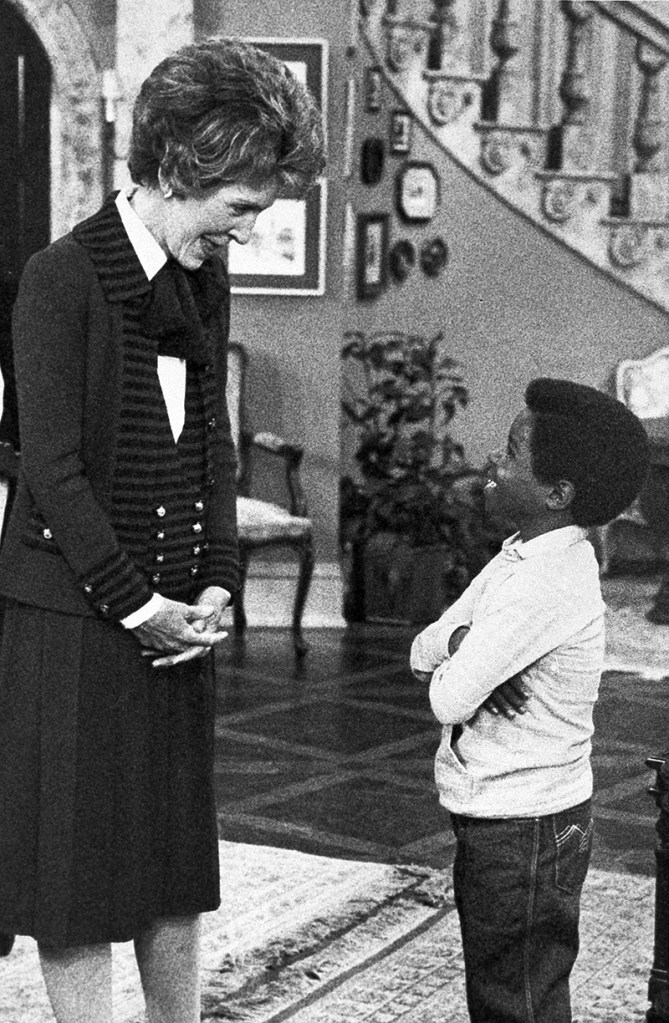
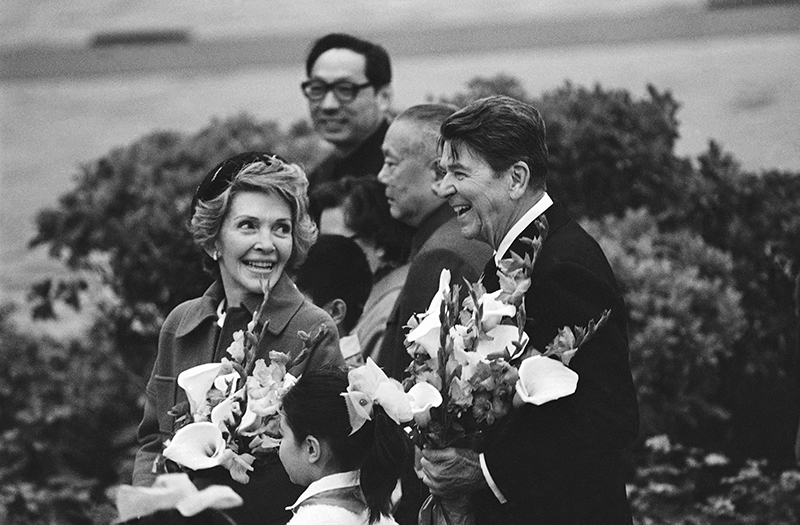
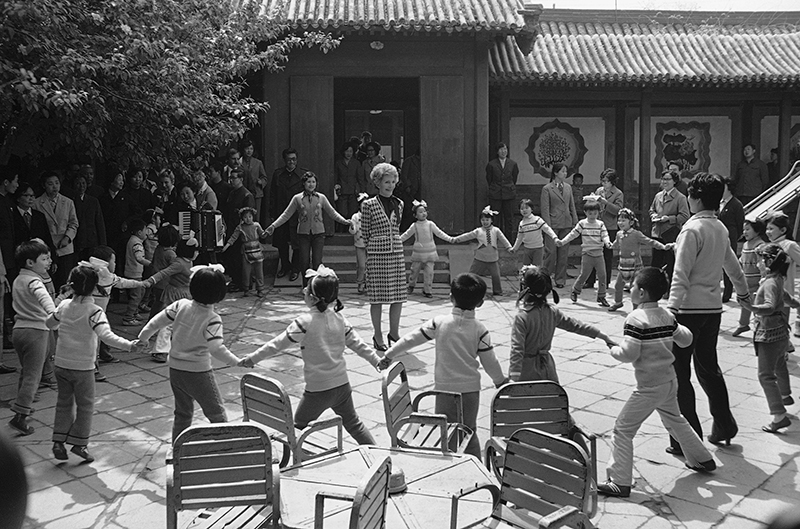
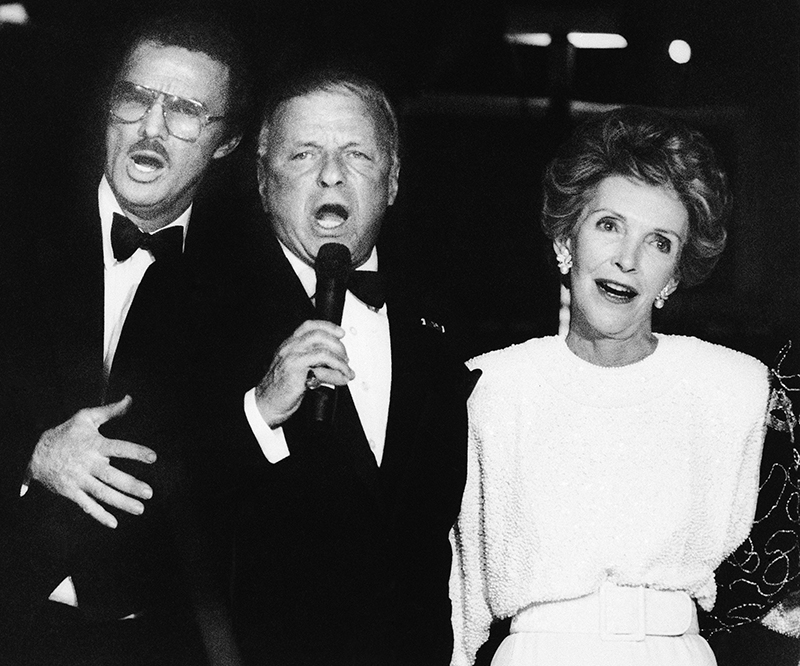
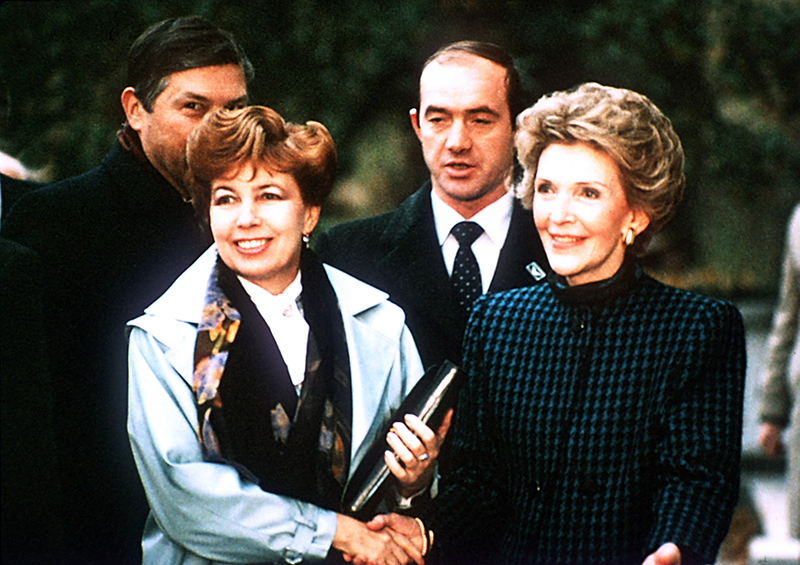


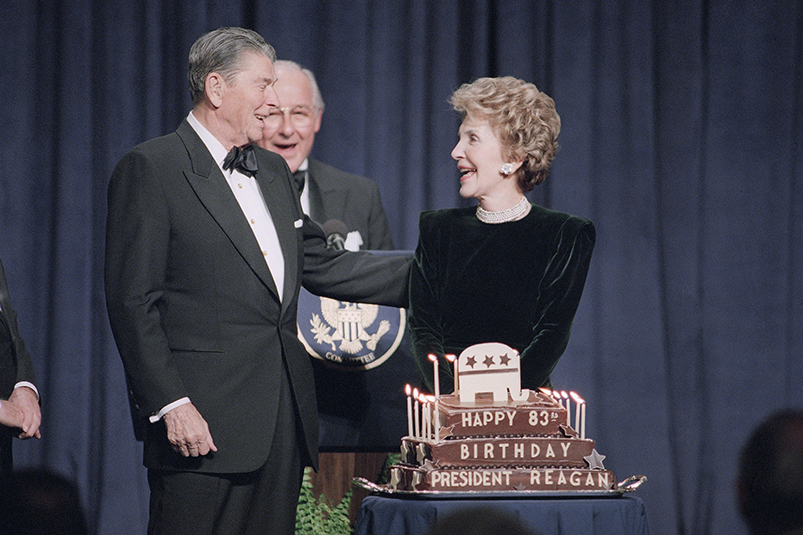
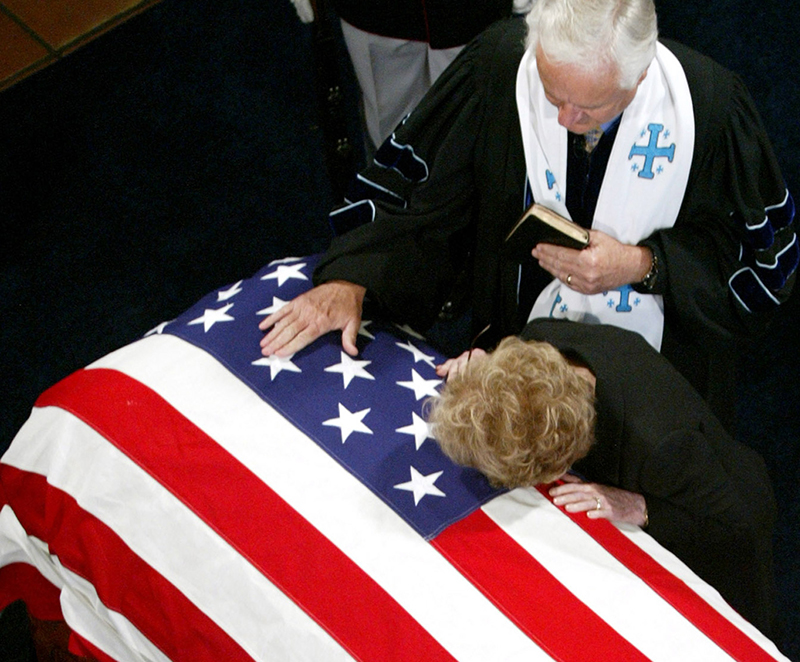
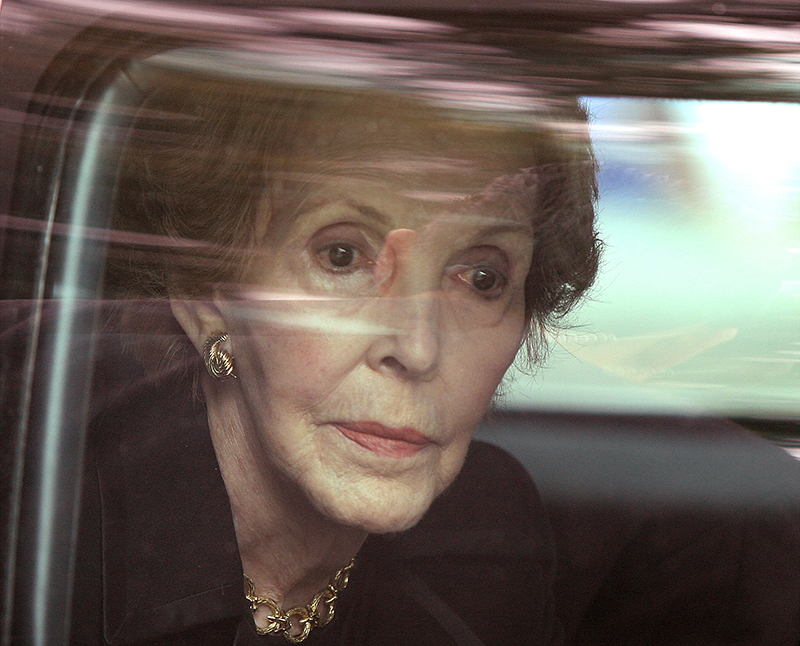
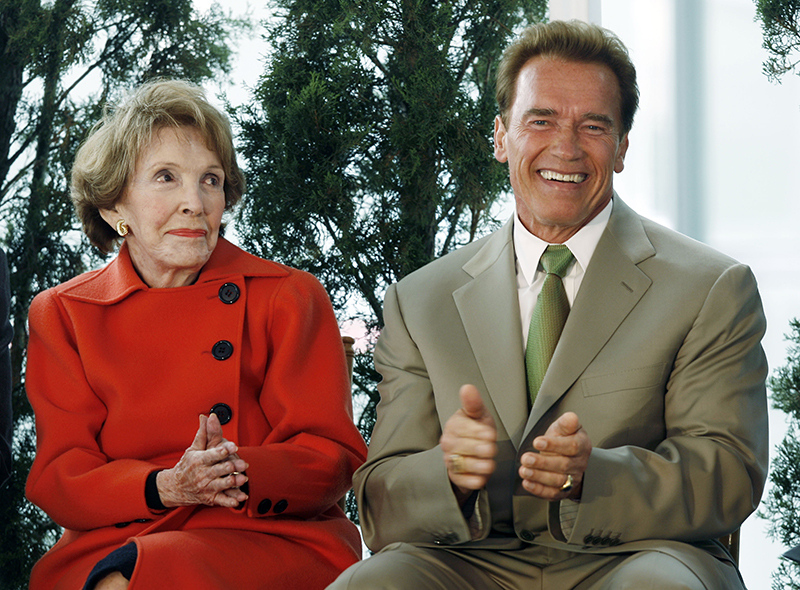
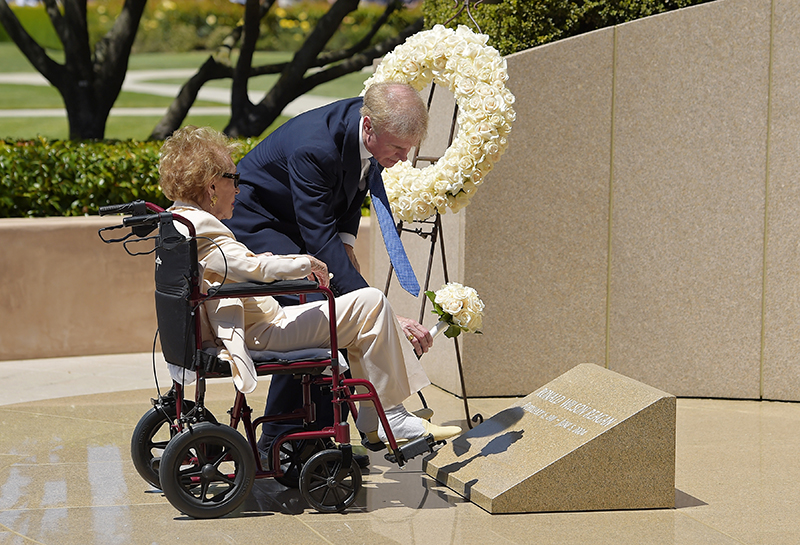
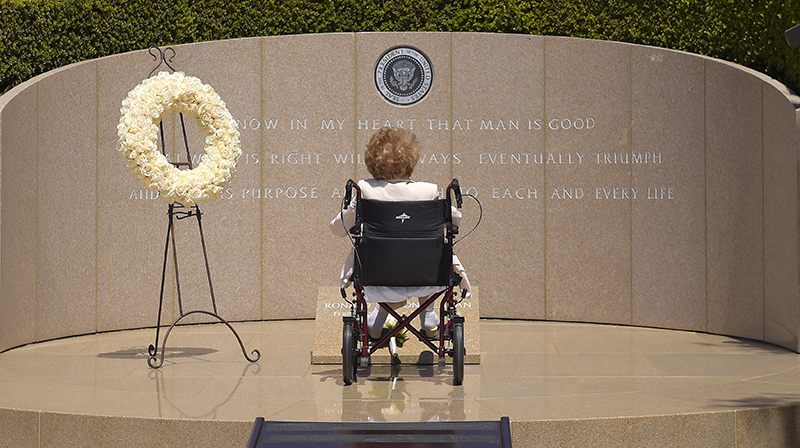

Success. Please wait for the page to reload. If the page does not reload within 5 seconds, please refresh the page.
Enter your email and password to access comments.
Hi, to comment on stories you must . This profile is in addition to your subscription and website login.
Already have a commenting profile? .
Invalid username/password.
Please check your email to confirm and complete your registration.
Only subscribers are eligible to post comments. Please subscribe or login first for digital access. Here’s why.
Use the form below to reset your password. When you've submitted your account email, we will send an email with a reset code.